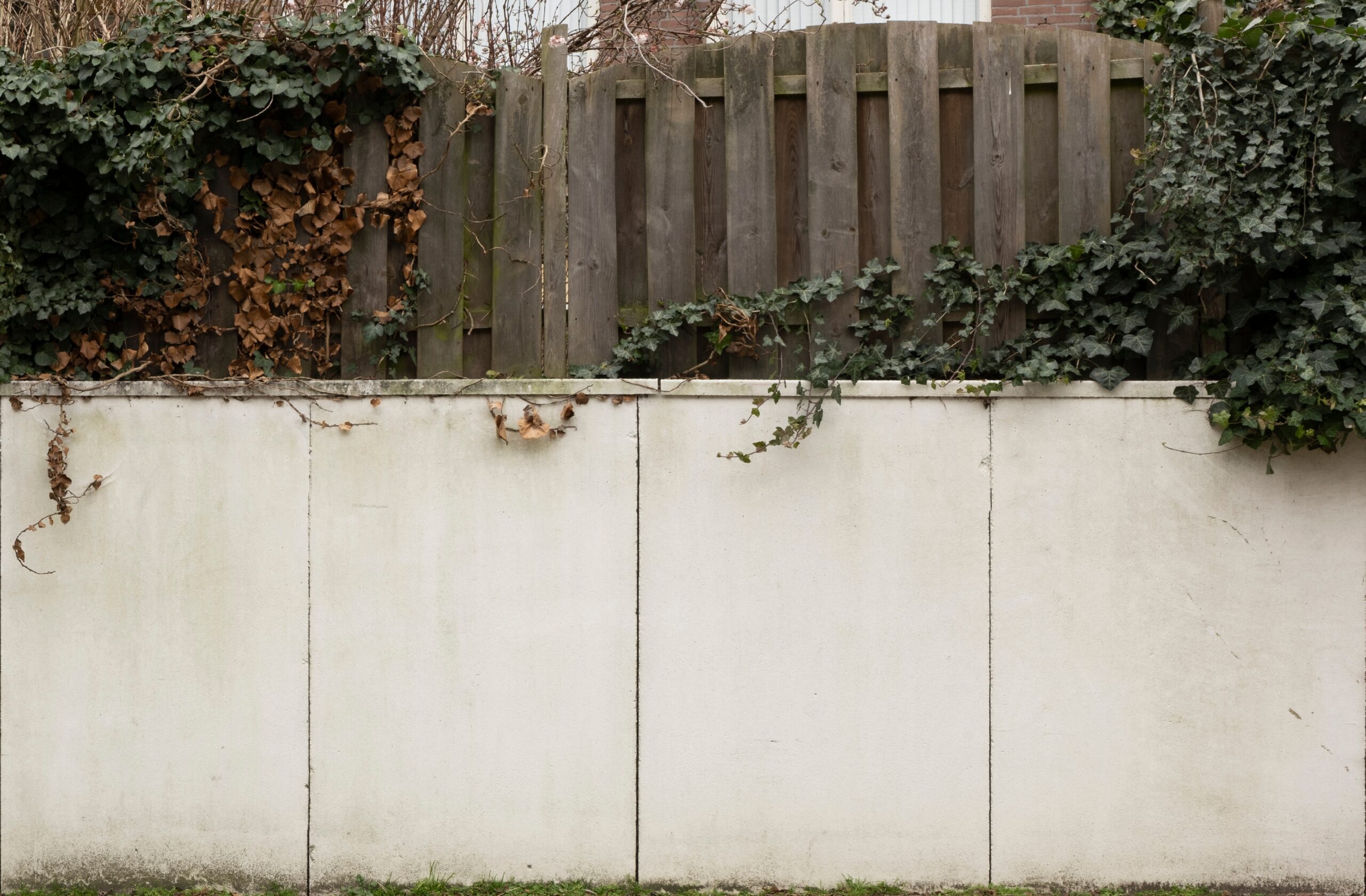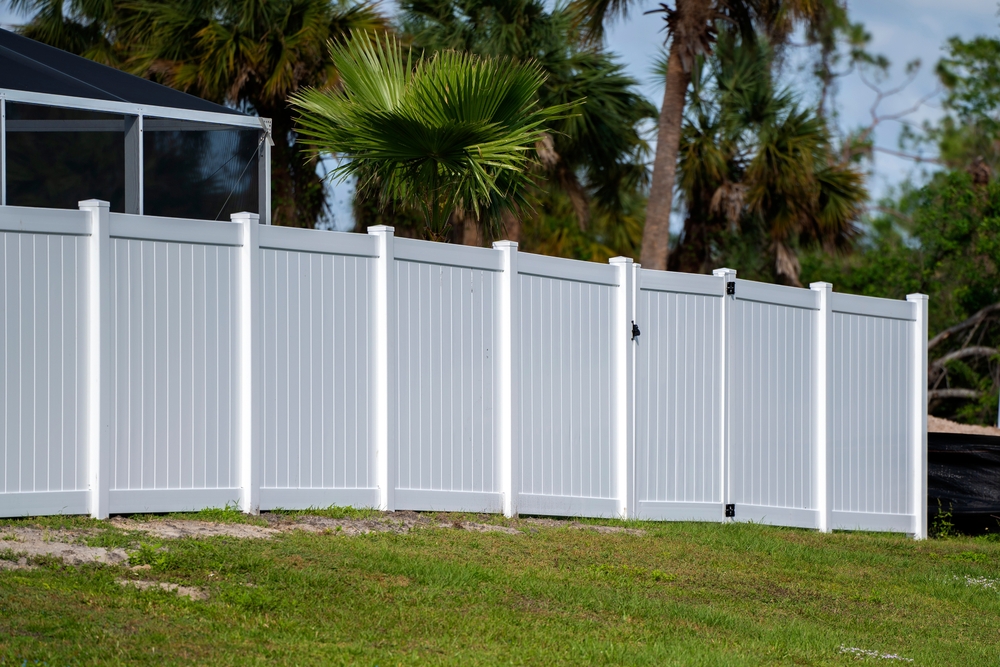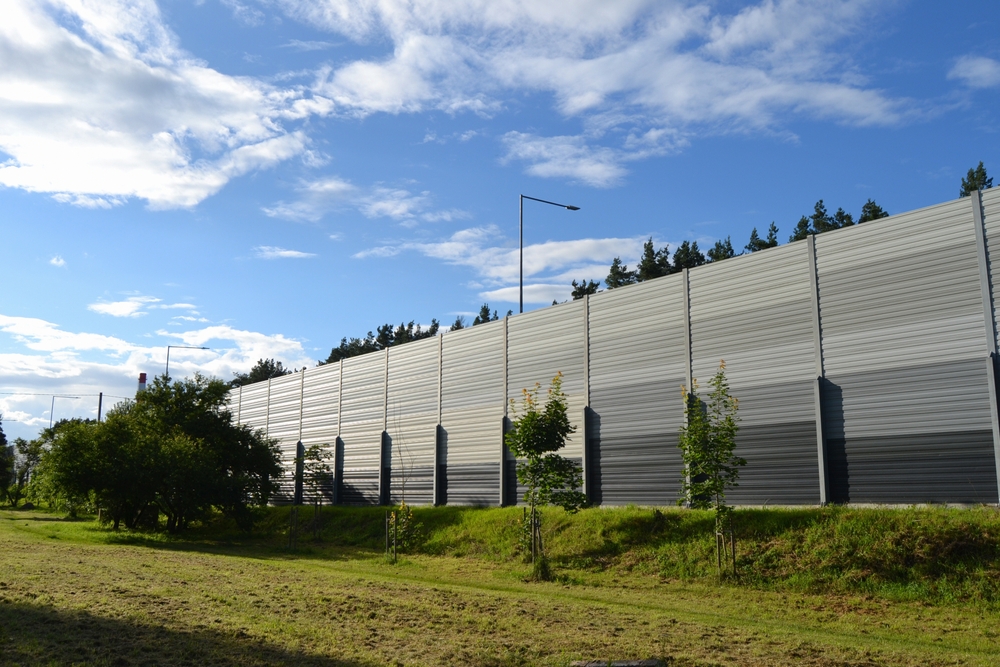If your white vinyl fence has turned green, it’s likely due to the growth of algae, mold, or mildew on the surface. This discoloration can occur on vinyl surfaces, especially in outdoor environments, and is caused by a combination of factors:
- Moisture: Vinyl fences are often exposed to moisture, whether from rain, dew, or irrigation. Moisture provides a conducive environment for the growth of algae, mold, and mildew.
- Organic Matter: Dust, dirt, pollen, and other organic particles that settle on the vinyl fence can provide a food source for algae and mold. These microorganisms thrive on organic matter.
- Lack of Sunlight: Areas of the fence that are shaded or receive less sunlight are more prone to mold and algae growth. Sunlight helps inhibit the growth of these organisms.
- High Humidity: Regions with high humidity levels can promote the growth of mold and algae on outdoor surfaces, including vinyl fences.
To address the issue and prevent your white vinyl fence from turning green, you can take the following steps:
- Regular Cleaning: Periodically clean your vinyl fence with a mixture of water and mild detergent. Scrub the surface gently with a soft brush or sponge to remove dirt, organic matter, and any existing algae or mold.
- Power Washing: If the algae or mold growth is more extensive, you may need to use a power washer. Use a low-pressure setting and a wide-angle nozzle to avoid damaging the vinyl surface. Be sure to follow the manufacturer’s guidelines and maintain a safe distance from the fence.
- Use a Mold and Mildew Cleaner: There are mold and mildew cleaners available that are specifically formulated for use on vinyl surfaces. Follow the manufacturer’s instructions for application and safety precautions.
- Trim Vegetation: Trim or remove nearby vegetation that may be casting shade on the fence. Improving sunlight exposure can help prevent mold and algae growth.
- Improve Drainage: Ensure that water drains away from the base of the fence to prevent moisture accumulation. Proper drainage can help reduce the conditions that promote mold and algae growth.
- Apply a Preventive Coating: Some vinyl fence manufacturers offer protective coatings or treatments that can inhibit the growth of algae, mold, and mildew. Check with the manufacturer for recommendations.
- Regular Maintenance: Perform regular inspections of your fence to identify and address any mold or algae growth early before it becomes widespread.
By taking these preventive measures and conducting routine maintenance, you can keep your white vinyl fence looking clean and free from green discoloration.




